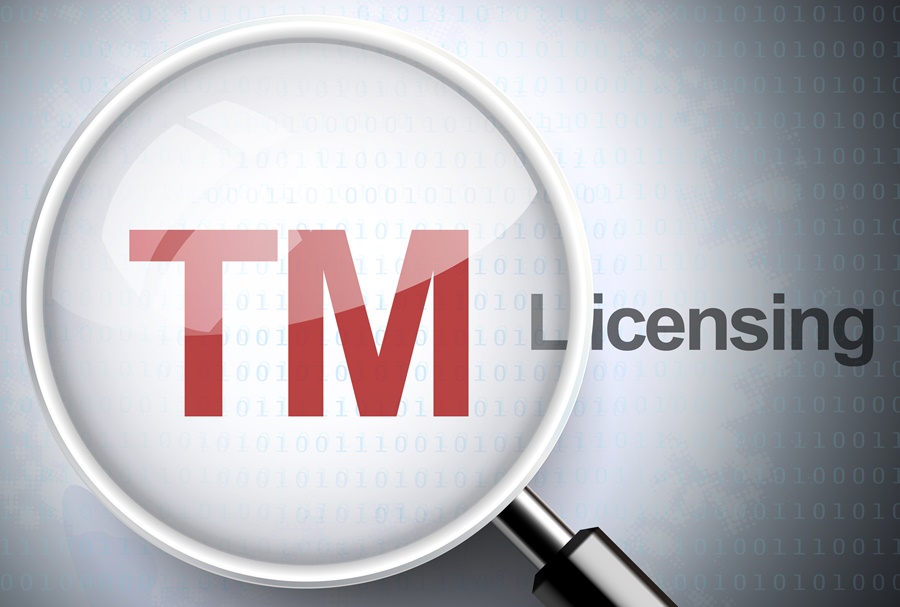
A final office action is issued by the United States Patent and Trademark Office (USPTO) if you didn’t successfully or properly respond to all of the issues raised in a previous trademark office action. If your trademark application was filed directly with the USPTO, then you must take action within three months from the date the final office action is sent (or six months if you timely filed a Request for an Extension of Time to File a Response). On the other hand, if you’re seeking an extension of protection of your trademark in the United States through WIPO and the Madrid Protocol, then you must take action within six months from the mailing date of the final office action. In both cases, if you fail to do so, your trademark application will go abandoned and you’ll have little choice but to begin the trademark application process all over again (unless you’re eligible to file a Petition to Revive).
If you receive a final office action, you basically have three options:




